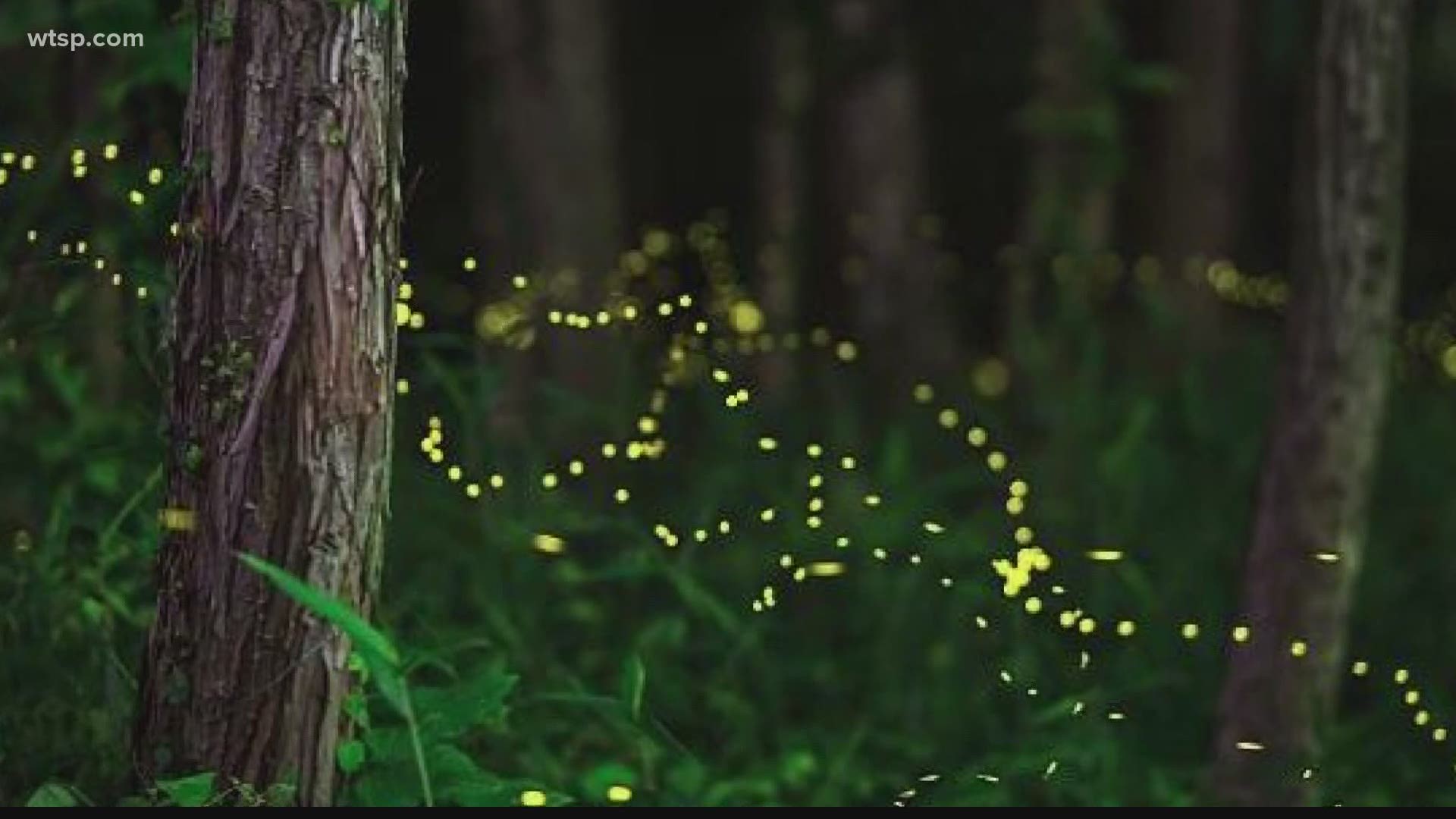TAMPA, Fla. — There’s a fascinating study going on right now at the University of South Florida.
It involves researchers at USF Health using the same chemical that helps give fireflies their glow – luciferase – to hopefully trace the COVID-19 virus as it makes its way through the human body. The effort is being paid for with money from the federal government’s rapid response program.
Here’s how it works.
The research team is creating a coronavirus pseudo-type. Grown in a lab, the cells are harmless, but behave like the real thing.
They’re also using stem cells which can act like skin, nerves, heart cells – whatever they choose.
The glowing luciferase then acts as a tracer, allowing researchers to see which cells are most vulnerable to the virus.
The stem cells USF is working worth have been collected from 75 people of different age, gender and race. So, the results might also help them collect data about which groups of people are most susceptible to COVID-19. The research might even reveal how the virus interacts with certain medications.
USF researchers hope to have solid data in about two months.
If it’s determined to be worth moving forward, the next step in their “glowing” cell experiment would involve live coronavirus to not only determine which parts of our body are most vulnerable, but also figure out the virus acts after it gets into those cells.
Related coverage:
What other people are reading right now:
- Some businesses could charge a COVID-19 fee, but is it legal?
- Breweries in Pinellas County can reopen with restrictions
- As Florida fully implements phase one, new droplet study raises concerns
- Semi-truck leaking hazardous materials shuts down Tampa Bay roadway
- Florida troopers looking for a similar motorcycle that hit a 6-year-old girl
- Hospital that's been closed for almost a year get $121K in COVID-19 relief money
FREE 10NEWS APP:
►Stay In the Know! Sign up now for the Brightside Blend Newsletter



